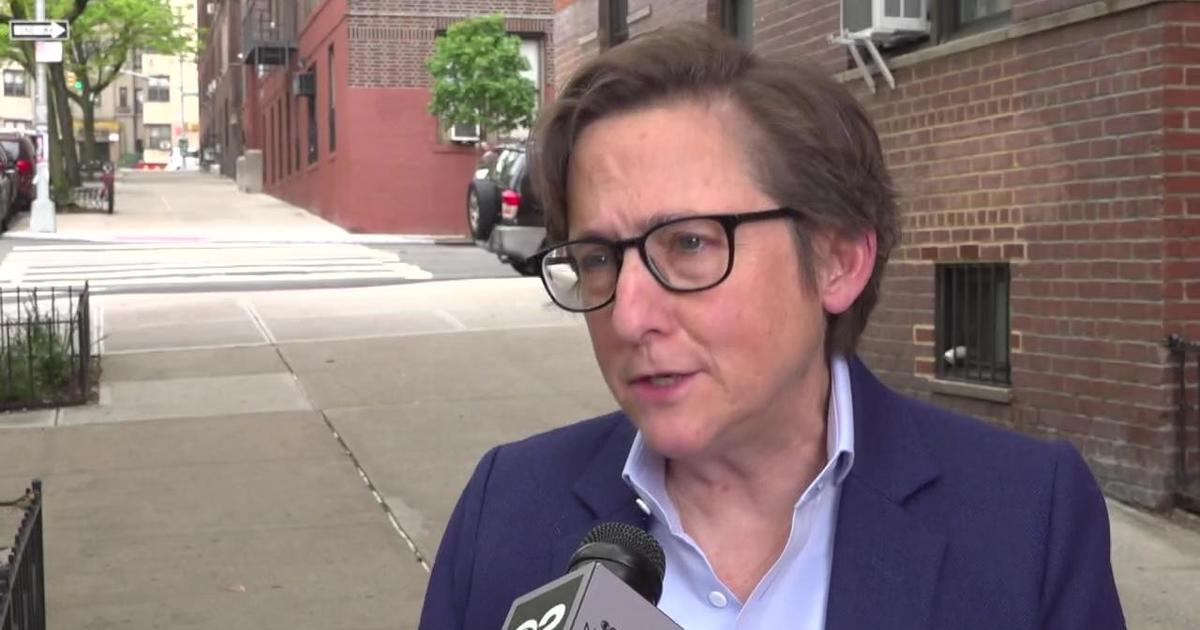Seen At 11: Dos And Don'ts When Faced With Workplace Violence
NEW YORK (CBSNewYork) -- What would you do if a gunman started shooting in your workplace?
As CBS 2's Maurice DuBois reported, workplace violence is becoming an all too common scene -- a disgruntled employee, an ex-spouse or a dissatisfied client come backs to settle the score with a gun. Two million people are victims of workplace violence each year, with hundreds killed.
Experts say that number is on the rise.
LINK: NYPD active shooter recommendations
"If we see bad economic times and you see a lot of layoffs or plants closing, then you're going to see workplace violence," said Paul Viollis, a workplace violence prevention specialist.
Most people, however, don't know how to react when faced with such danger.
It happened to City Councilman Charles Barron, D-Brooklyn. A gunman opened fire in the council chambers 10 years ago.
"He's just shooting, and so everybody's saying, 'Charles, get down, get down,'" Barron said.
"It was the most traumatic moment of my life."
Barron survived because he made it to the nearest exit. But most people don't chance it and hide behind office furniture, often with dire consequences.
CBS 2 obtained an NYPD video that shows how office furniture is no match for bullets. Shots fired by assault rifles, shotguns and hanguns can pierce desks, filing cabinets and cubicle partitions.
"A workplace violence shooting will specifically target one or more people who this person blames for their lot in life," Viollis said.
The profile of a workplace shooter typically includes being male, between the ages of 25 and 45 and a very poor communicator.
Viollis said your chance of survival increases dramatically if you have a plan.
"Only about 10 percent of corporations ... have a stand-alone, robust workplace violence policy and they proactively train their employees," he said.
The New York State Labor Department, however, offers "on-site safety training" for free.
"They look at different safety hazards," said Eileen Franko, director of safety and health for the Labor Department.
Experts agree everyone needs to know exit routes in advance. They suggest companies should come up with a code word or phrase that can alert employees a shooter is on the premises, such as "I'm dealing with Mark Smith."
If evacuating is not an option, know a remote spot to hide. Once there, the little things can save your life, such as turning the ringer off on your cellphone-, blocking the door with furniture and not sounding the fire alarm -- it may send others into the path of the shooter.
You May Also Be Interested In These Stories



